Treating Pulled Hamstrings
- No painful injections
- No unnecessary surgery
- No expensive medications
Treating Pulled Hamstrings
- No painful injections
- No unnecessary surgery
- No expensive medications
What is a Hamstring Injury?
- Semitendinosus
- Semimembranosus
- Biceps femoris
- Hamstring muscle(s) and/or tendon (a type of soft tissue that connects muscle to bone)
- Bursa (a fluid-filled sack that sits between bones and soft tissues to limit friction), usually irritated with recurring hamstring injuries
- Ischial tuberosity (the “sit-bone”), which in rare cases can be fractured by traumatic injury
- A history of prior hamstring injury
- Muscle imbalances (particularly hamstring weakness)
- Poor flexibility (muscle tightness)
- Inadequate warm-up before activity
- Muscle fatigue
How Does a Hamstring Tear Feel?
- A sudden, sharp pain in the buttocks or back of the thigh
- A feeling of a “pop” or tearing in the muscle
- Bruising within hours or days after the injury
- Swelling
- Tenderness to touch
- Difficulty sitting comfortably, lifting the leg when lying down, or straightening the knee
- Difficulty walking, resulting in a limp
How Is a Hamstring Tear Diagnosed?
- If you have had a similar injury before
- What you were doing when you first felt the pain
- Where you felt the pain, and if you felt a “pop”
- If you noticed any swelling or bruising in the first 24 hours after the injury
- What you were able to do immediately following the injury, and how you have been functioning since the injury (walking, sleeping, lifting your leg, etc.)
- Observation: To note any discoloration or bruising
- Pain: To identify your current pain level, and the activities that make your pain better or worse
- Palpation: To pinpoint the location and size of the tender area through touch, which will help determine the severity of the injury
- Range of motion: To compare the motion of your injured leg with your healthy leg
- Muscle strength: To determine the strength of the hamstring muscles when bending or straightening your knee and hip
- Gait analysis: To note any limping or pain when walking
- Grade I: Mild strain with minimal tearing; usually feels like a pulled or cramping muscle
- Grade II: Moderate strain with partial tearing; may cause a stinging or burning sensation at the back of the thigh
- Grade III: A severe, complete muscle tear; may result in a “lump” on the back of the thigh where the muscle has torn
How Can a Physical Therapist Help Treat a Hamstring Injury?
- Resting the injured area by avoiding aggravating activities, such as walking or working out. If you are having notable difficulty walking, crutches may be recommended.
- Applying ice to the injured area 3-4x/day for 15-20 minutes (with a towel placed between your skin and the ice).
- Applying a compression wrap to the area to aid in decreasing swelling and pain.
- Referral to another health care provider for further diagnostic testing (if needed).
Can a Hamstring Tear be Prevented?
- Always warm up before participating in athletic activities.
- Avoid starting a new activity too quickly; gradually increase the frequency and intensity of the activity so that your body may adapt to the new movement patterns.
- Listen to your body after you work out (and stretch, apply ice, rest as needed) prior to engaging in the same routine again.
- Use proper lifting and squatting techniques, particularly when maneuvering heavy objects.
To Get A "Insider's Look" At Our Treatment Approach And How We Get Results...
Click Below To Watch Our Exclusive Webinar! It's Simple, Short, and It's Free!

- Learn The Essential First Step... So You Can Get Pain Free Again
- See Why Treatment Needs To Be Individualized, Not Standardized...So You Get Faster Results!
- Learn How You Can Save Money...So You Don't Have To Waste $1000's On Unnecessary Treatments
Solve the root cause of your pain
How Our Treatment is Different
We believe that working with a specific specialist for your care is the best way to solve the root cause of your pain. Work one-on-one with a Doctor of Physical Therapy every time your visit our office.
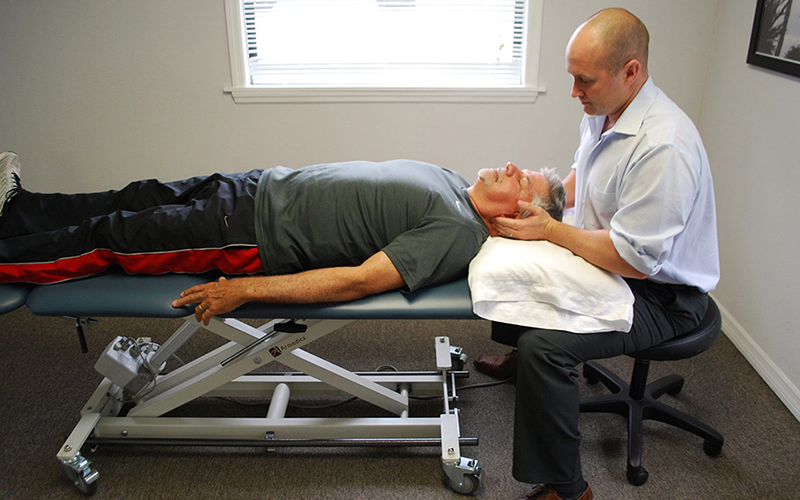
Exclusive one-on-one patient care
While most clinics will give you a limited amount of time with your Doctor, we believe that true results come from consistent one-on-one therapy.
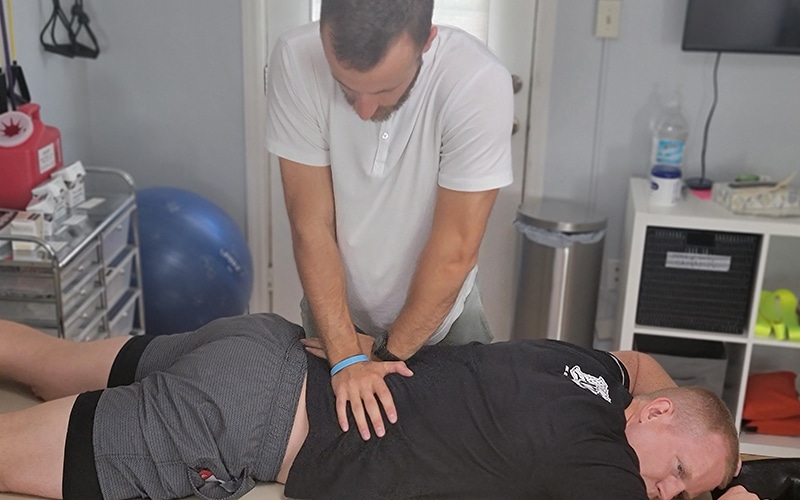
Work with your specialist every visit
Stop being handed off to trainees or non-Doctors for your Physical Therapy. At Pursuit, you'll work exclusively with your Doctor of Physical Therapy that specializes in your specific needs.
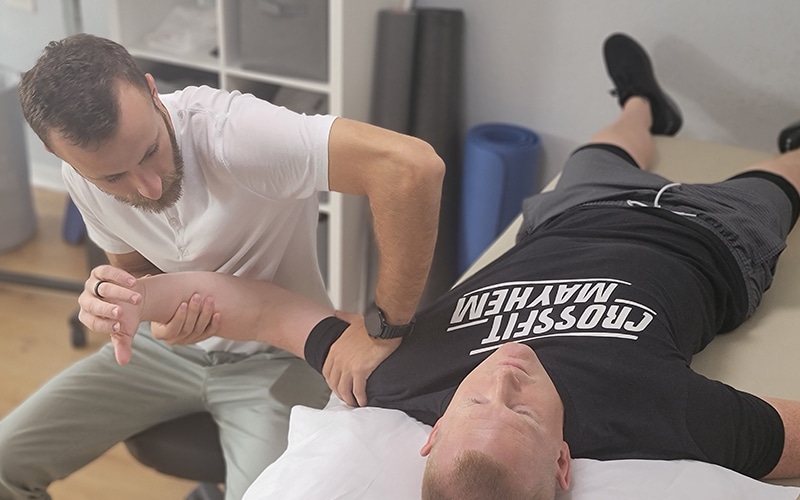
24/7 messaging access to your specialist
Ever have an issue or questions? We're here to help. Get 24/7 access to your specialist while you're under our care. Physical Therapy doesn't just happen when you're in our clinic, so we're here for you when you need us.
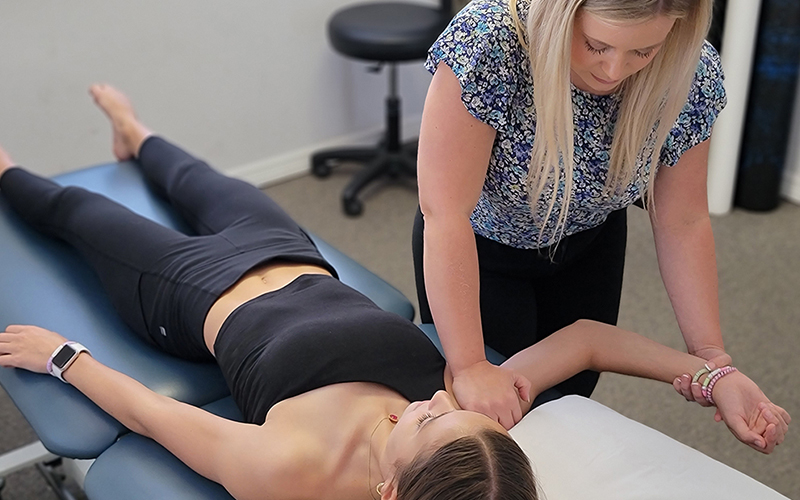
No waiting periods
Get off that waiting list and get the treatment you need. We're always ready to accept new patients, so you can get better faster and get back to a pain-free life that you deserve.
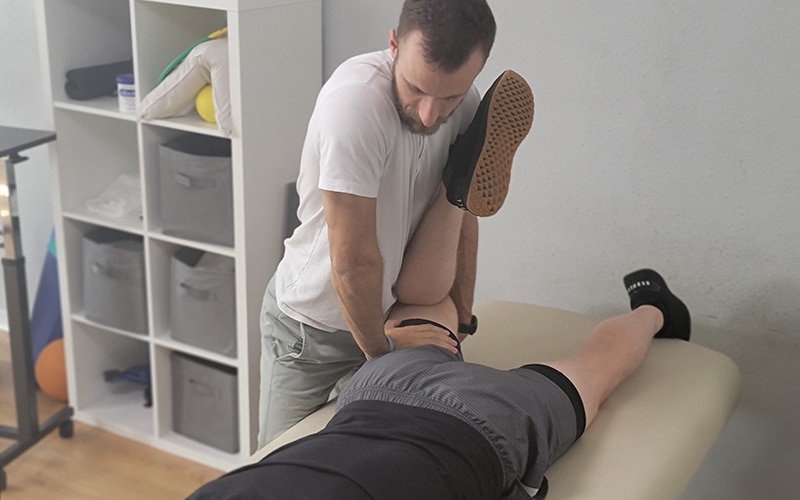
Not limited by insurance
Don't let the insurance companies tell you how much treatment you need. Avoid the limitations of short sessions that insurance provides and work with our Doctors when you need it and for as long as you need it.
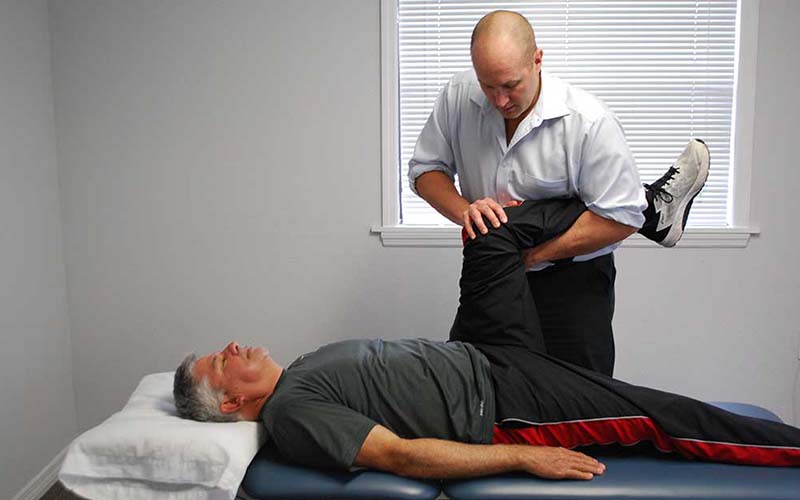
No painful injections, no expensive medications, no surgery
In order to truly solve your pain, we use a holistic approach to Physical Therapy, not relying on injections, medications, or surgery. Instead, we'll strengthen your body's weak points that are causing your pain.
MEET THE TEAM

RON MILLER, DPT, OCS, Cert DN
Doctor of Physical Therapy | Board Certified Orthopaedic Physical Therapy Clinical Specialist | Post-Doctoral Orthopaedic Residency Trained | Certified in Dry Needling | Titleist Performance Institute Certified
Dr. Ron Miller is the owner and founder of Pursuit Physical Therapy. His core belief is that it is not about the physician, the physical therapist, or the insurance company: it is about what is truly best for the patient. Dr. Miller started...

CAREY ROTHSCHILD, DPT, OCS, SCS, CSCS, CKTP
Doctor of Physical Therapy and Assistant Professor at the University of Central Florida | Board Certified Orthopaedic Clinical Specialist
| Board Certified Sport Clinical Specialist
Dr. Carey Rothschild is an Assistant Clinical Professor in the Doctor of Physical Therapy Program at the University of Central Florida. Dr. Rothschild earned a Bachelor of Health Science in Physical Therapy in 1999 from the University of Florida and a Doctor of Physical Therapy from Boston University in 2005...


MICHAEL FABRICK, DPT, Cert. DN
Doctor of Physical Therapy | Certified in Dry Needling | Pursuit Sports Performance Specialist | Professional Tennis Tour Physical Therapist
Dr. Michael Fabrick was born and raised in Hanover, Pennsylvania and attended Slippery Rock University where he received his Bachelor’s degree in Exercise Science. He then went on to receive his Doctorate Degree in Physical Therapy in May of 2020. During his final tenure as a Doctoral intern, he trained underneath Todd Ellenbecker, who is one of the world’s leading experts on shoulder rehabilitation and is the Vice President of Medical Services for the ATP World Tour...

MARYANN DANIELS, PT, MCMT, IDN
Physical Therapist | Dry Needling Certified | Mastery Certified In Manual Therapy | Pelvic Floor And Post Partum Specialist
Maryann was originally born in Connecticut but moved to Florida with her family at the age of 9 and she grew up in Jupiter, Florida. She then went to college at the University of Central Florida...

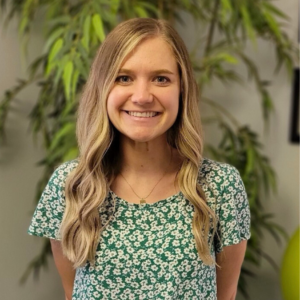
Kayla Cook, DPT, HSP, CSCS
Doctor of Physical Therapy | Hesch Sacroiliac Practitioner | Certified Strength And Conditioning Specialist | Ehlers-Danlos Syndrome Specialist | Volleyball Specialist
Dr. Kayla Cook was born and raised in Northern California and received her undergraduate degree in Kinesiology from California State University in Sacramento. She then received her Doctorate in Physical Therapy from The University of St Augustine for Health Sciences...
To Get A "Insider's Look" At Our Treatment Approach And How We Get Results...
Click Below To Watch Our Exclusive Webinar! It's Simple, Short, And It's Free!

- Learn The Essential First Step...So You Can Get Pain Free Again
- See Why Treatment Needs To Be Individualized, Not Standardized...So You Get Faster Results
- Learn How You Can Save Money...So You Don't Have To Waste $1000's On Unnecessary Treatments
BECOMING PAINFREE IS EASIER THAN YOU THINK

Step 1:
Call our expert team.

Step 2:
We’ll work with you to find and treat the root of your pain.

Step 3:
Get back to doing what you love.
